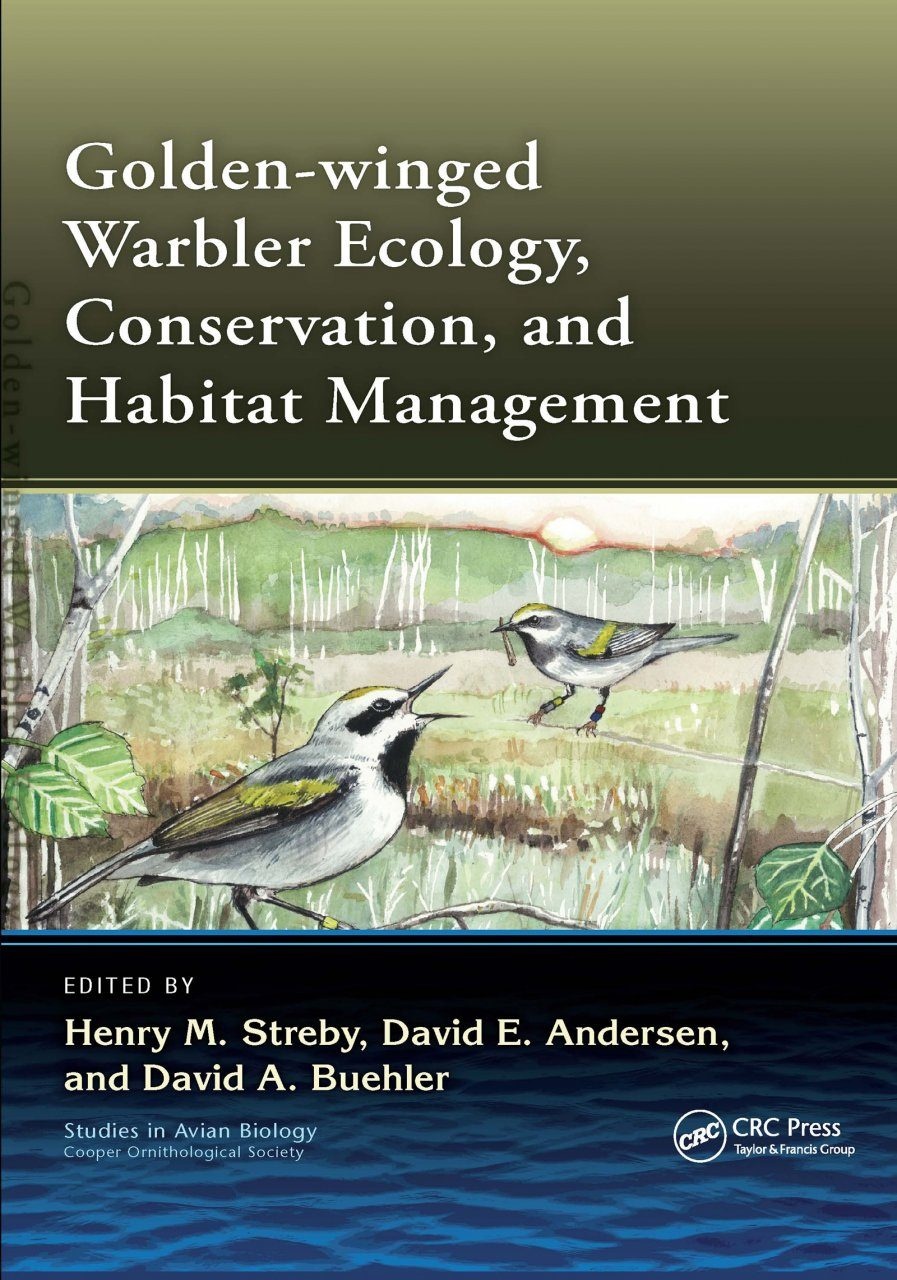| Autoren | Henry M. Streby, David E. Andersen & David Buehler |
| ISBN | 9780367658335 |
| Verlag | CRC Press |
| Sprache | Englisch |
| Seiten | 252 |
| Größe | 254 x 178 mm |
| Bilder | Fotos, Illustrationen und Tabellen |
| Format | Taschenbuch |
| Erscheinungsjahr | 2021 |
Golden-winged Warblers (Vermivora chrysoptera) are migratory songbirds that breed in temperate North America, primarily in the Great Lakes region with remnant populations throughout the Appalachian Mountains, and winter in Central and northern South America. Their breeding range has contracted dramatically in the Appalachian Mountains and many populations have dramatically declined, likely due to habitat loss, competition and interbreeding with Blue-winged Warblers (Vermivora pinus), andglobal climate change.. As a result of population declines in much of the eastern portion of their breeding range, Golden-winged Warblers are listed as endangered or threatened in 10 U.S. states and in Canada and have been petitioned for protection under the U.S. Endangered Species Act.
Published in collaboration with and on behalf of The American Ornithological Society, this volume in the highly-regarded Studies in Avian Biology series compiles extensive, current research on Golden-winged Warblers and summarizes what is known and identifies many remaining unknowns, providing a wealth of peer-reviewed science on which future research and listing decisions can be based.
Table of Contents
Management and Conservation Status. Current status assessment based on population trends. Historic and current distributions: GWWA atlas work.
Ecology of Golden-winged Warblers. Hybridization with Blue-winged Warbler. Nesting ecology and productivity. Post-fledging ecology and parental care. Diet and foraging behavior. Wintering ground ecology. Migratory connectivity with stable isotopes. Full life-cycle conservation. Critical lessons from 30 years of GWWA-BWWA work.
Habitat associations. Territory and nest-site habitat characteristics (synthesis). Landscape habitat modeling for breeding abundance. Extra-territorial breeding habitat use. Post-fledging habitat associations. Landscape habitat associations with seasonal productivity. Wintering ground habitat associations.
Habitat status, conservation, and management. Breeding habitat status and management plans. Winter habitat status and conservation needs/plans. Effects of GWWA habitat management on other species.













